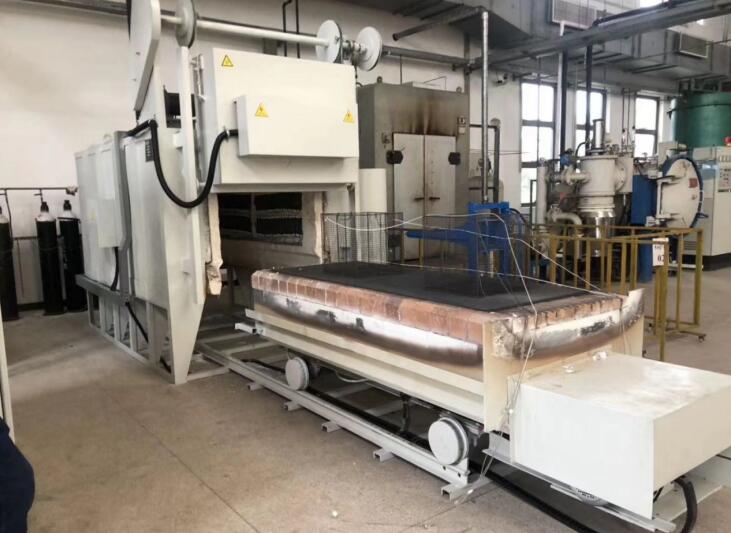40Cr Steel Quenching And Tempering Treatment Process
Cr can increase the hardenability of steel, improve the strength and tempering stability of steel, and has excellent mechanical properties. For large or important quenched and tempered workpieces, Cr steel should be used. But Cr steel has the second type of temper brittleness.
For the quenching and tempering of 40Cr workpiece, various parameters and process cards are stipulated. Our experience in actual operation is as follows:
(1) 40Cr workpiece should be oil-cooled after quenching. 40Cr steel has good hardenability, and it can be hardened when cooled in oil, and the deformation and cracking tendency of the workpiece are small. However, in the case of tight oil supply in small enterprises, workpieces with uncomplicated shapes can be quenched in water, and no cracks are found, but the operator must strictly control the temperature of the incoming and outgoing water by experience.
(2) The hardness of the 40Cr workpiece is still high after quenching and tempering, and the second tempering temperature should be increased by 20~50 °C, otherwise, it will be difficult to reduce the hardness.
(3) After the 40Cr workpiece is tempered at high temperature, the complex shape is cooled in oil, and the simple cooling in water is to avoid the influence of the second type of temper brittleness. The workpiece after tempering and rapid cooling shall be subjected to stress relief treatment if necessary.
Affecting the quality of quenched and tempered workpieces, the level of the operator is an important factor. At the same time, there are many reasons such as equipment, materials and processing before quenching and tempering. We believe that:
(1) The transfer of the workpiece from the heating furnace to the cooling tank is slow, and the temperature of the workpiece entering the water has dropped below the critical point of Ar3, resulting in partial decomposition, and the workpiece obtains an incomplete quenched structure, which fails to meet the hardness requirements. Therefore, the coolant for small parts should pay attention to speed, and the time for cooling large parts should be mastered.
(2) The amount of workpieces to be installed in the furnace should be reasonable, preferably 1~2 layers. The overlapping of workpieces will cause uneven heating and uneven hardness.
(3) The arrangement of the workpiece into the water should be kept at a certain distance. If it is too dense, the steam film near the workpiece will be blocked, resulting in low hardness of the near surface of the workpiece.
(4) Open the furnace for quenching, and it cannot be finished in one go. Depending on the degree of furnace temperature drop, the furnace should be closed and reheated in the middle, so that the hardness of the front and rear workpieces after quenching is the same.
(5) Pay attention to the temperature of the coolant. If the temperature of 10% brine is higher than 60℃, it cannot be used. The coolant must not contain impurities such as oil, mud, etc., otherwise, there will be insufficient or uneven hardness.
(6) The unprocessed blank is quenched and tempered, and the hardness will not be uniform. To obtain good quenched and tempered quality, the blank should be roughed and the bar should be forged.
(7) Strictly control the quality, the hardness after quenching is 1~3 units lower, and the tempering temperature can be adjusted to meet the hardness requirements. However, the hardness of the workpiece after quenching is too low, and some even have only HRC25~35. It must be quenched again. It must not only be tempered at medium temperature or low temperature to meet the requirements of the drawing. Otherwise, the meaning of quenching and tempering will be lost, and there may be serious s consequence.

Improvement of Cementation Process for 20Mn2 Automobile Snow Chains Spider Annealing Furnace Gear Carburizing Heat Treatment Furnace Structure Composition And introduction

Contact us
Your email address will not be published. Required fields are marked *